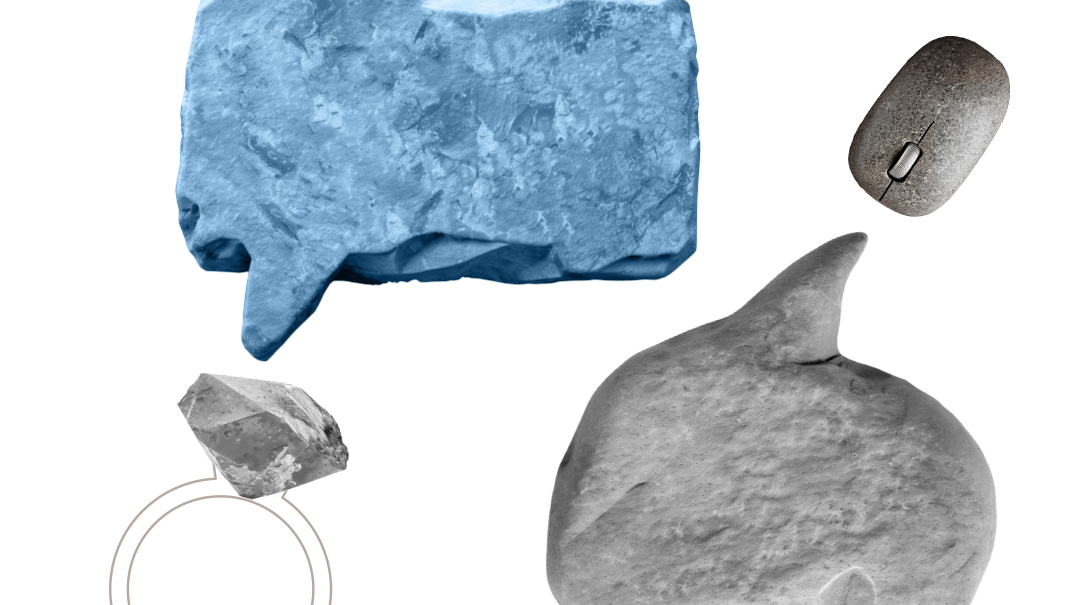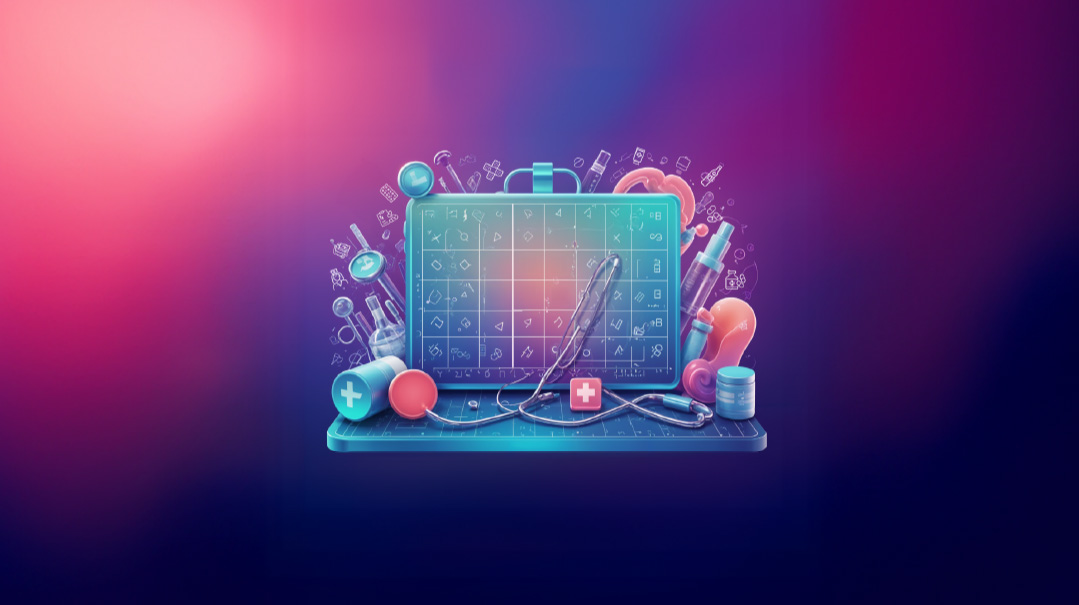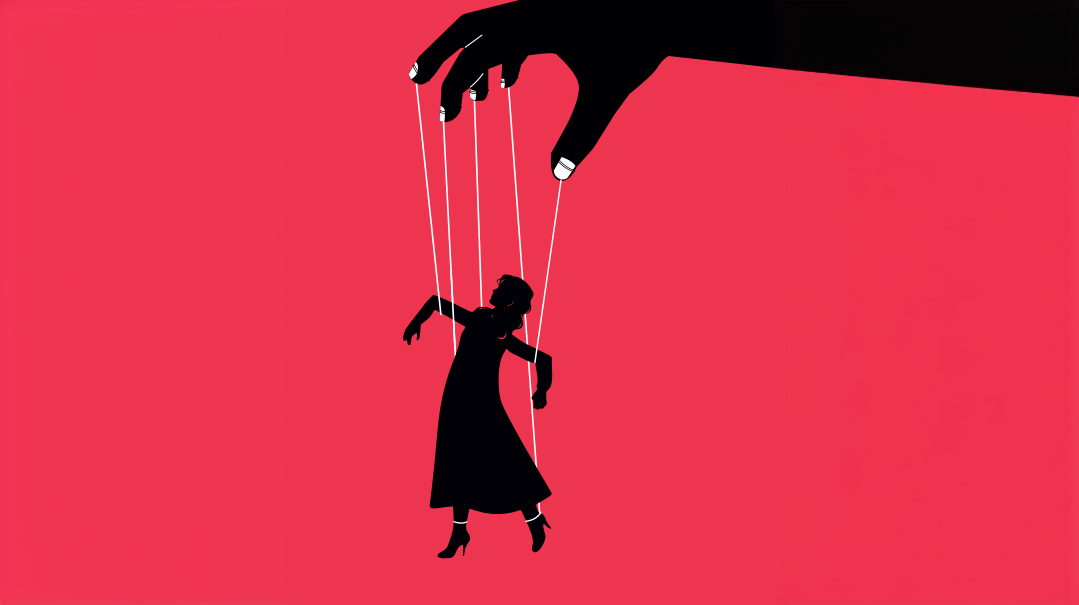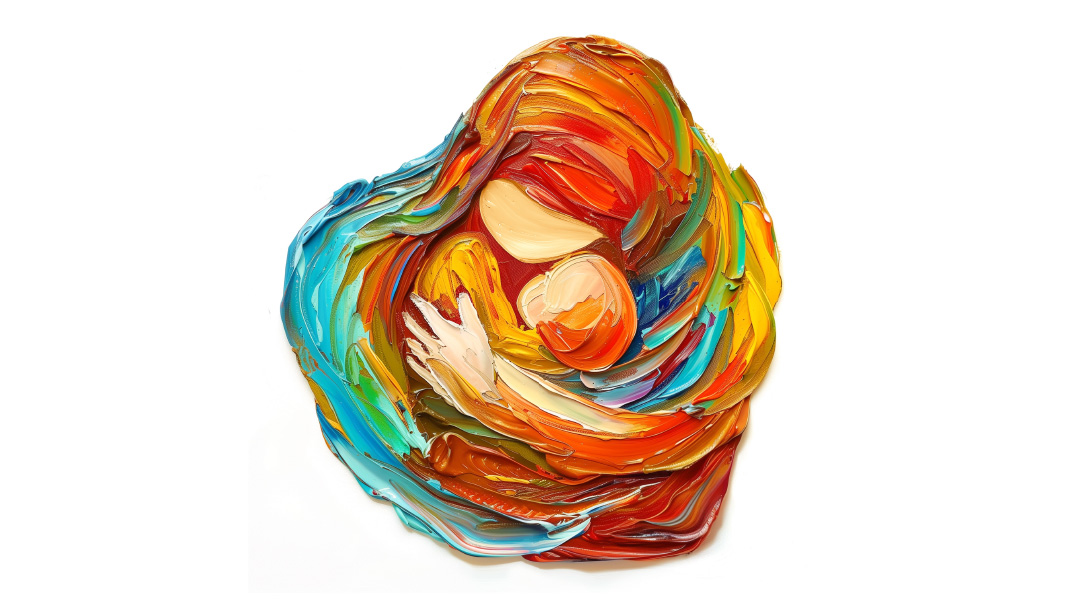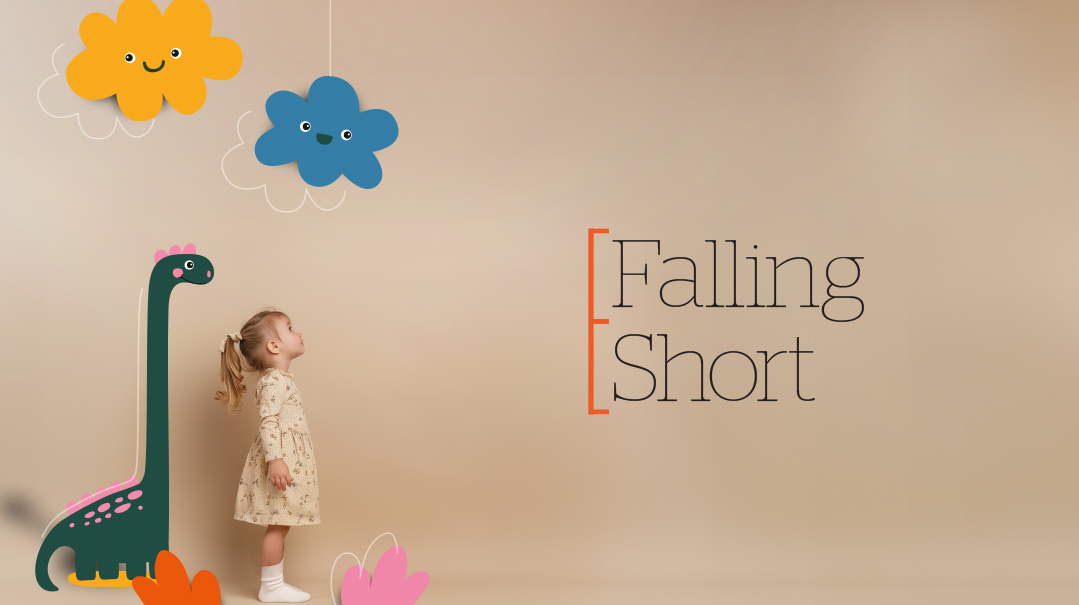Brick by Brick

Building toys. Can’t live with them, can’t live without them. So what’s worth buying,
and which knockoffs are worth considering?

F
irst, the Big Five, the basics everyone needs at one point or another.
Magna-Tiles
Best for: Ages 2–10
Magnetic tiles top everyone’s list of playroom necessities — that one toy kids pull out every day. Consisting of plastic shapes with magnetic edges, they connect with no effort, and they’re addictive.
Unfortunately, you need a lot of them to play without frustration: Think at least 100 pieces per child. And a 100-piece set of Magna-Tiles will set you back $120. What’s a sensible family to do?
Buy Picasso Tiles. Or Playmags. Or ShapeMags. All three brands run about $50 for 100 pieces, all are compatible with the original Magna-Tiles, and all of them are as good or better quality. It’s important to note that the quality of the knockoffs has improved over time — and the quality of Magna-Tiles has declined. A lot. So if you’re doing research, make sure you’re comparing recent versions and current reviews.
Lego
Best for: Ages 7–15
Lego is a touchy topic. Moms bemoan the gazillions of tiny bricks on the carpet, but there are few toys as captivating for grade-school boys.
Lego is mostly sold in sets of hundreds of pieces made for specific “builds” or projects — kids follow pictorial directions to recreate the images on the box. Then the paths of family minhag diverge.
Some will preserve the completed builds as dioramas and use them for imaginative play, like Playmobil. Some will break down their masterpieces and use the bricks for open-ended building. (This is the most traditional use, and the reason Lego sells “Classic” sets of loose bricks). A few terrifying souls will store each set separately and keep the directions in organized binders so they can recreate the original builds.
Lego is amazing. It’s also expensive. But what can you do? Hundreds of children have been traumatized by bad knockoffs, and Lego quality is legendary — it will last forever and comes with great instructions.
Good knockoffs exist, and they can be significantly cheaper. Really — those scary Lego-binder people grow up to make websites dedicated solely to the best Lego “clones,” and they don’t mess around with that information.
Oxford is an easy go-to. Also check out the Megabloks’ Pro Builders line. (Their MegaConstrux line, while it features licensed characters, is fine, but not the same quality.) Megabloks does have much cooler “mini figs” (people) than Lego — more detailed and posable. If you’re looking for a giant box of random pieces as opposed to a specific set, check out Play Platoon and Brickyard Building online — both run about $32 for 1,100 pieces, less than half the price of Lego Classic sets.
They’re all compatible with Lego and equally painful to step on, so you won’t feel cheated of that parenting rite of passage.
I handed an Oxford set to a young Lego enthusiast to gauge his reaction. (Thanks, Eli!) There were a few differences, but nothing major. Eli’s verdict? “I’d buy it. It’s just regular Lego.”
Should we all buy the knockoffs, then? Not so fast. First of all, kids often have specific requests, and if they want this Ninjago set or that 3-in-1 kit, the knockoffs aren’t gonna cut it. And second, the winter sale season often features Lego at half the usual price — comparable with Oxford’s retail. So set a budget, talk to your Lego fans, and then do your shopping — but know there are other options.
Duplo
Best for: Ages 2–5–6 players, $20)
Yeah, I’m discussing Duplo separately from Lego, although they’re all part of the same family. Duplo is the toddler version of the classic plastic bricks, with larger pieces for smaller hands. And without the choking hazards, which is nice. It’s mostly available in ridiculously expensive, toddler-friendly sets like circus trains, fire stations, houses, and playgrounds.
They do make an “all-in-one” box for open-ended play, but it contains only 65 pieces and costs $30 or so. That’s a shame, because most little ones just want the square pieces to build towers and cars — they don’t need circus trains.
Is there an alternative?
Of course there is. There are countless giant sets available online from countless manufacturers — check the ratings and comments for quality and compatibility.
Offline, I found the Smart Builders set to be slightly more secure than the Duplo — and the same $30 bought me 200 pieces, literally three times the amount. However, the knockoffs offer very little in the way of themed sets — if that’s what you need, stick to the Duplo brand.
Clics
Best for: Ages 4–7
Open Jr. to the View It page, and you’ll see Clics. Lots of Clics. And for good reason — these little interlocking squares allow for tremendous creativity.
They take a fair amount of hand strength to snap together — kids under four will likely struggle — but they offer the ability to build almost anything. Clics are second only to Magna-Tiles for younger kids — they’re one of those toys that gets used all the time.
In America, Clics are a uniquely Jewish thing, which we got from our European brethren. (Thanks, brethren!) This means that your best bet is to buy them from a Jewish-owned toy store. They are available on Amazon, but the prices are higher — and since you’ll need a few hundred pieces per kid, that difference can be significant.
What about knockoffs?
Since there isn’t a national US market for them, there’s no reputable imitation of Clics. But honestly, the pricing isn’t that bad to begin with (roughly ten cents apiece) so my bargain-hunting soul will survive.
Just don’t lose the little black sticks from your set. They’re your only hope for prying open those dreaded Clic cubes.
Playstix
Best for: Ages 4–10
Remember Lincoln Logs? Repeat the grooves along the entire length of each piece, swap colorful plastic for the wood, and you get Playstix.
The basic method for Playstix is very similar to Lincoln Logs — place the rods in alternating directions, with the grooves nesting, to build walls. But Playstix can be “locked” together to allow for vertical building and hollow spaces, giving them far more potential than your old wooden friends.
The sets feature a few flexible rods, some animal heads and feet, and wheels, too, but the most important accessory is the base board — buy extras of those, as you’ll want to have at least one per kid. It’s tough to build when your pieces keep rolling under the couch.
As usual, you’ll want a few hundred pieces if multiple children will be sharing a set — 500 or so is a good starting point for a family. The smallest pieces are a choking hazard, and they look very much like candy, so keep ’em away from babies.
Now, as for knockoffs: The only quality option I’ve found is Stack N’ Play from SmartBuilders. They’re excellent — compatible, great quality, and nearly indistinguishable from the original Playstix. They’re also around 30% cheaper. Readers in Brooklyn and Lakewood should be able to find them easily, but they’re not available online. I’m sorry!
Playstix are worth buying at full price, but keep an eye out for sales, especially in November and December.
Need more ideas? Consider these:
Kapla
Best for: Ages 7–15
It doesn’t look like much — just a pile of thin, rectangular planks — but Kapla is a thing of endless beauty and infinite potential.
Every Kapla plank is identical and engineered to precise ratios (1:3:15, if you must know). They’re quite slim, so it can be a challenge for little hands to balance them on the narrow edges, but the structures older kids produce can be breathtaking. Seriously, Google it right now, salivate a bit, and then order. They’re that cool.
(Kids as young as three do enjoy playing with Kapla, but ages seven and up will use more of the creativity potential).
Kapla prices have dropped quite a bit in recent years, and a basic 200-piece set will run just $60. Even so, I prefer Keva planks from Mindware. The price differential isn’t huge (a 200-piece set is $50), but Keva offers much, much more by way of variety and direction. Their Contraptions line shows kids how to build simple machines using only the planks and a little ball, featuring ramps, triggers, mazes, and turbines —— and you can buy a 50-piece Contraptions set for just $20, a wonderful starting point or beginners or inspiration for old hands. This is ridiculously cool, and I hereby request a set for Chanukah.
Keva’s Brain Builders line is worth checking out as well. Note that Keva makes maple wood planks as well as pine. The maple planks are great if you’re an engineer or plan to build 30-story towers, but the rest of us require neither the microscopic precision nor the expense ($90 for 200 pieces). The pine planks are just fine and will last forever. And in case you’re wondering, Kapla is also made of pine.
Straws and Connectors
Best for ages: 3–8
These are precisely if not inventively named: They’re long plastic straws with starburst-shaped connectors. A small box of these can build a structure large enough to walk through — and it will set you back less than $20.
Don’t worry about the brand — they’re all pretty much the same. Unfortunately, because they’re lightweight and flexible, the straws aren’t exactly durable, but they’re cheap to replace, even if you need a new set every year. The connectors are small enough to be a choking hazard.
Snowflake Builders
Best for: ages 3–8
You’ll also see these called Creative Flakes, Brain Flakes, etc., and whether that conjures up images of snow or dandruff is your business. Regardless, these are little plastic disks with slits cut into the sides, allowing them to interlock at myriad angles.
You can build almost anything out of these — houses, orbs, animals, people — and a 500-piece set costs $15. This is good, because each piece measures about 1.3 inches (about the size of a half dollar) and will disappear the moment you turn your back.
Don’t worry about brand; this isn’t meant to be a toy that will last a generation. If you do insist on the original, durable, quality version, check out Hearthsong’s Connectagons, which are the same concept, only made of wood. They run $33 for 240 pieces.
Tube Builders
Best for: ages 3–7
You’ll see these under various names —— the original is Tubations from Quercetti, but they’re also called Tube Locks, Tube Builders, Pipe Builders, and so on. These are simply tube-shaped pieces that slide into one another and are perfect for preschoolers.
The brands range in size; some are small enough to link with Duplo, others will accommodate a marble. Most brands are not compatible with the others, so you’ll have to stick with whichever you choose, but any well-rated option is fine. Tubations run about $25 for 40 pieces. Sets from brands with smaller pieces will be cheaper. Offline, I like Smart Builder’s Tube Locks ($20 for 64 pieces).
PSA: Tube Locks include whistle-like “musical” pieces in each set. If you deal with noise-sensitive sanity, take those out before the kids see ’em.
No matter which toys you choose or how much you spend, there’s nothing more incredible than watching your kids create, design, and imagine — and hokey as it sounds, the worlds they build can change our own.
Sounds like a worthwhile investment to me.
Zoobs
Best for: ages 6–10
Yet another building set made of strangely shaped plastic pieces that click together, Zoobs are unique because their ball-and-clip system allows pieces to rotate while connected. This combination of physical flexibility and security makes for really interesting building opportunities — everything from jewelry to monsters to vehicles.
Zoobs have been around forever, but they haven’t spawned the usual plethora of knockoffs. (The brand itself is prone to breakage due to the design, so I wouldn’t risk an imitation, anyway). A basic 125-piece set runs around $20, but you’ll want at least twice that to really explore the potential of Zoobs.
Card Clips
Best for: ages 6–10
Yet another innovative product with an uninspired name, these are literally clips. For cards. These come in $15 sets that include printed cards and clips to secure them at various angles. What I love about these is that they can be used with any cards — baseball cards, playing cards, paper shapes, or whatever collecting cards were in style last week — and with some card rolling and scissor snips, the possibilities expand even further.
Card Clips are too new to have inspired imitation, but they’re cheap and easy to find in stores or online, so I don’t feel too bad.
Building Benefits
Most of us buy building toys to keep the kids out of our collective hair. But there are real developmental benefits to those blocks or Lego. For older kids, the engineering and problem-solving skills will serve them well in a STEM-oriented world. (That’s Science, Technology, Engineering, and Math, for those of you who don’t follow educational trends because you have actual lives.) And building toys are some of the first options we hand to our little ones, too, and for very good reasons.
I spoke with Rifky Schonblum, MS, OTR/L, an occupational therapist from Lakewood, New Jersey, with 15 years of experience, about the skills we build along with those towers.
Building toys are a great way to pinpoint developmental weaknesses, but they’re also excellent for addressing those weaknesses, especially at home. A few common issues:
- Intrinsic hand strength. If there’s weakness in the arms or shoulder girdle, it can be helpful to have the child build in large scale — with Mega Bloks or straws and connectors, for example — forcing the child to reach, stretch, and work those muscles. If the issue is specifically in the hands or fingers, Rifky recommends toys that require effort to connect, like Clics, Zoobs, or little Lego pieces, to build resistive hand strength.
- Dexterity. This is the ability to manipulate objects efficiently, and as always, there are multiple stages of development in the progression of these skills. Babies use gross grasping, using the entire hand, to manipulate chunky items like Mega Bloks or stacking boxes. They progress through various levels of grasping, like the three-jaw chuck (using the thumb and index and middle fingers) and the more refined pincer grasp. This is what many people may refer to when talking about fine motor skills, and any toy that uses small pieces and precise connections, like IDA Clips, straws and connectors, and Lego, is a great way to develop these skills.
- Bilateral coordination. This is when both hands work together to achieve a goal. The lowest level of this is pushing or pulling with both hands simultaneously (i.e., pulling apart two mega blocks.) Higher level bilateral coordination is when you stabilize with one hand while the other hand is working. For example, adjusting a block tower with one hand to keep it from toppling as the other hand continues stacking.
- Motor planning skills. This includes everything from deciding what to make, picturing the final product, figuring out how to make it, and then actually executing the plan. Some kids do this naturally, but others need to be taught step by step to build imaginatively — turning a Magna-Tiles box into a house or a tower into a sword. For some, the idea booklets included in the toy sets are enough to inspire them, but the goal is always for kids to create and execute their own ideas.
Gives you newfound respect for Clics all over your living room, no?
(Originally featured in Family First, Issue 672)
Oops! We could not locate your form.

